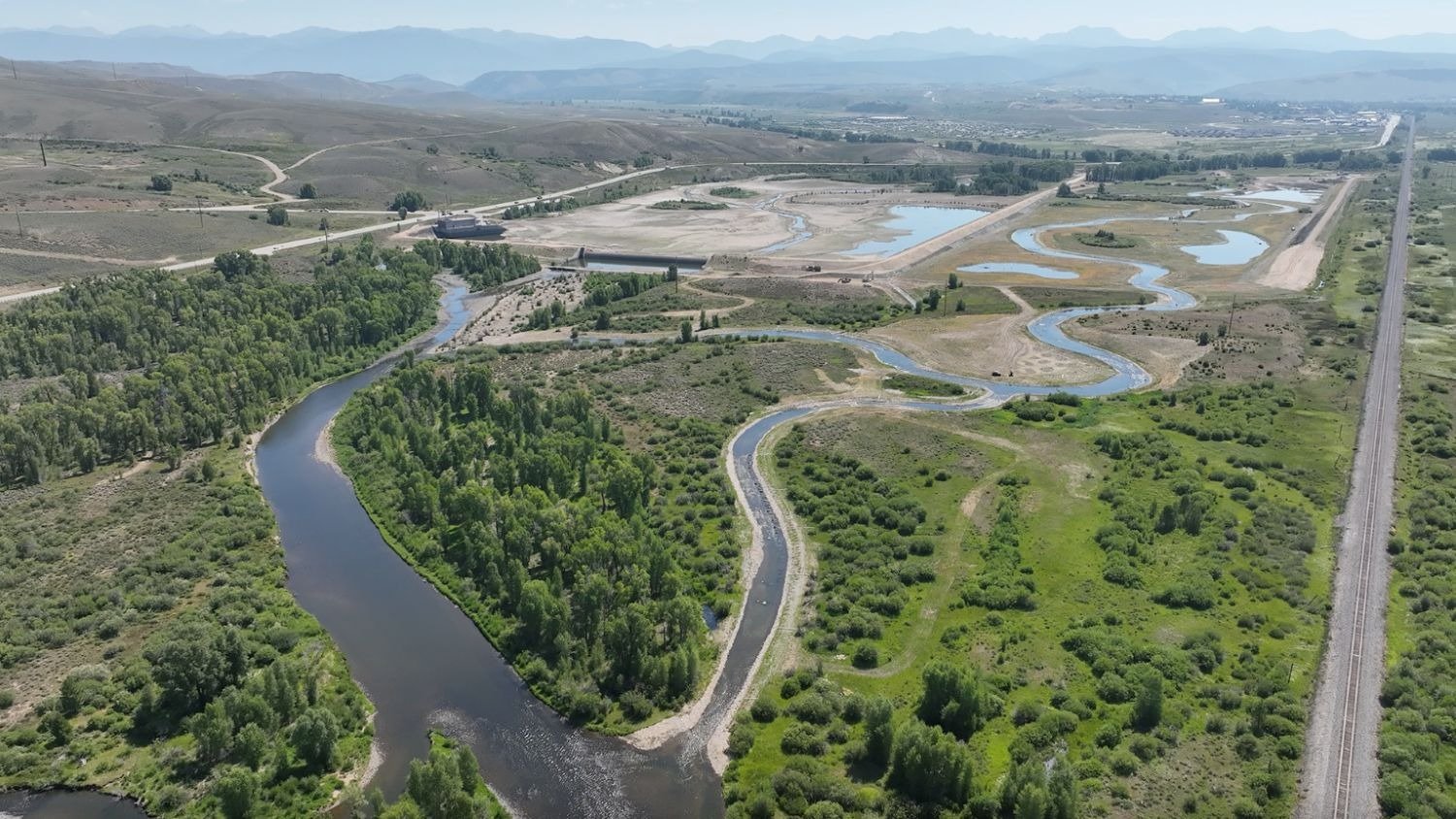State of the Trout Report Shows Challenges for Native Cutthroat
Trout Unlimited released a new "State of the Trout" report highlighting the status - and plight - of native trout across the country including in Colorado. “Native trout are in trouble in the United States,” said Chris Wood, Trout Unlimited’s president and CEO, in the report’s foreword. “But we are making a difference and with help, involvement and action can promise a future of recovery, not one of loss, for our children.”
“The State of the Trout” details the status of 28 separate species and subspecies of trout and char native to the United States. Of those detailed populations, three are already extinct (including Colorado's yellowfin cutthroat trout), and more than half of the remaining trout and char populations occupy less than 25 percent of their native waters. While the state of trout in America is tenuous, there are success stories that prove trout recovery is possible. The report lays out a roadmap for that recovery.
Trout Unlimited’s staff of scientists spent more than a year preparing the detailed report with input from TU’s field staff and independent, federal and state fisheries experts. The full report is available in digital form online.
Energy development and climate change head a long list of challenges facing trout, which also are under pressure from increased demand on the nation’s water resources, threats from non-native species, and loss and degradation of habitat.
On the Colorado Plateau and in the southern Rockies, native trout face several threats ranging from century-old abandoned mine runoff to ongoing efforts to drill for gas and oil within native trout ranges. In Colorado, native greenback cutthroat trout were thought to be nearing recovery and delisting under the Endangered Species Act when new genetic techniques revealed that stocks used for reintroduction were not greenbacks, but rather a strain of Colorado River cutthroat trout. Today, self-sustaining native greenbacks are found in just four miles of Bear Creek on the slopes of Pikes Peak, making them susceptible to natural events made more severe by yet another threat—a changing climate. The Front Range of Colorado has been hit hard in recent years by fire, extreme drought and heavy flooding that has wreaked havoc on communities and entire watersheds.
Native Colorado River cutthroat trout, while in much better shape than greenbacks, also face a number of historic and ongoing threats, including the persistence and expansion of non-native trout within their native waters, and ongoing energy development projects within the fish’s native range. Colorado River cutthroats today are largely relegated to headwater streams that are usually disconnected from one another, making individual stocks susceptible to local events often exacerbated by climate change, like fire, flood and extreme drought.
Despite threats to their long-term persistence, there is good news for Colorado’s native fish. In western Colorado, Trout Unlimited volunteers have worked diligently for 20 years to protect a unique strain of Colorado River cutthroat trout atop the Roan Plateau in the heart of the Piceance Basin energy fields. Volunteers from the Grand Valley Anglers Chapter of Trout Unlimited have worked to restore the headwaters of Trapper Creek for years, and just recently, TU reached a negotiated deal with natural gas leaseholders on the Roan that will protect the watersheds in which these prized native trout swim.
“Colorado’s native trout are a vital part of our state’s fishing heritage, something that anglers can experience in Colorado and nowhere else,” said David Nickum, executive director of Colorado Trout Unlimited. “The State of the Trout report is a wake-up call that we need to step up our efforts to conserve and restore these fish, so that they are still there for our children and grandchildren to experience and enjoy.”
In the end, it’s all about hope and optimism.
“People who fish are eternal optimists,” Wood said. “Even the most cynical among us, on the last cast of the day, are confident we will catch the biggest fish of the day. That optimism and hope for the future breathes through this report.”








